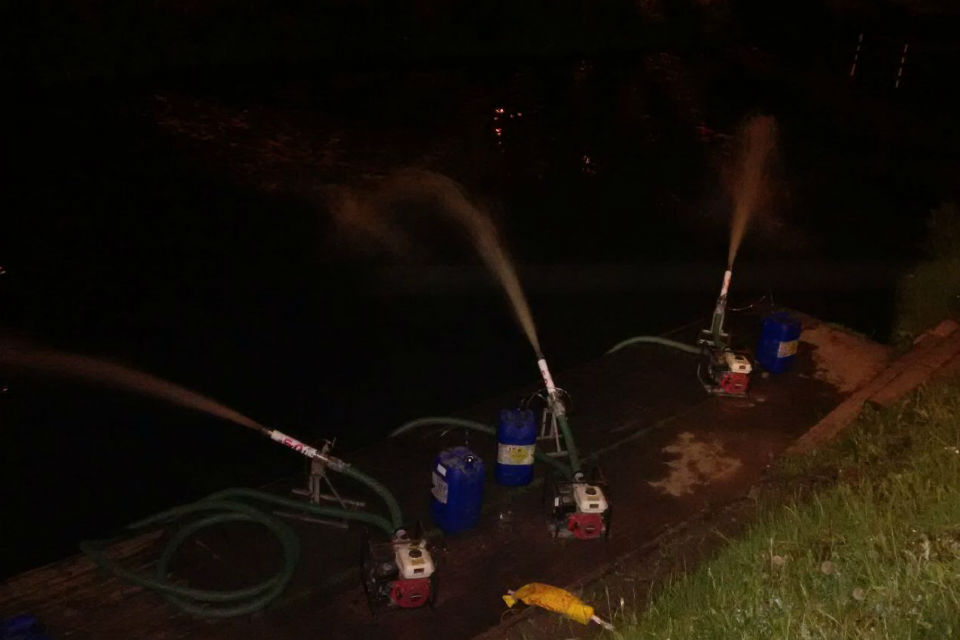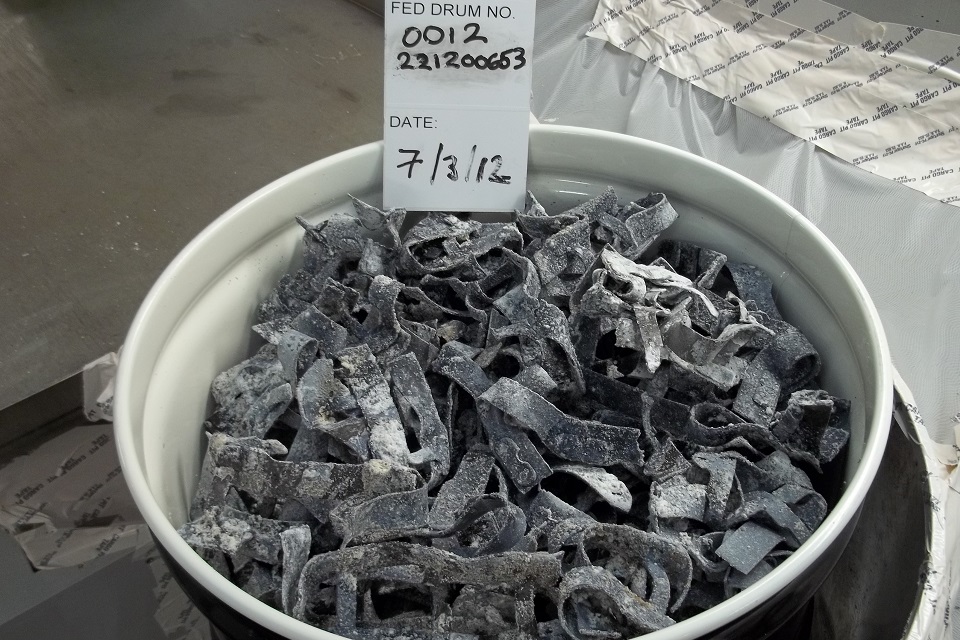Existing water obstructions
You may need to construct an eel pass if you own or occupy land with, or are in charge of, a
- dam
- weir
- sluice
- other in-river obstruction
The Environment Agency will write to you if you must construct an eel pass to allow eels to migrate safely past the structure.
Contact the Environment Agency and ask for your local fisheries officer to confirm a completion date for the work at your site.
You may need to apply for a permit or permission to do the work. Check the guidance to see if you need a:
Check with your local planning authority if you need planning permission.
You must pay for the construction, operating and maintenance costs.
If you do not do the work the Environment Agency can:
- issue you a warning letter
- serve you with a formal caution
- prosecute you if they think it’s in the public interest
- construct the eel pass and charge you for the work
Existing water abstraction structures
In most cases you must install an eel screen if you do both of the following:
- own or occupy land with, or are in charge of, a water abstraction structure
- abstract at least 20 cubic metres of water per day
Water abstraction structures include:
- pumping stations
- hydro-electric power stations
- irrigation pumping systems
Check when you do not need to install an eel screen.
A screen will keep eels out of the structure and allow them to migrate safely past it.
You must have a temporary exemption notice in place until you have completed the work. Contact the Environment Agency to get your exemption notice and the date by which to complete the work.
You may need to apply for a permit or permission to do the work. Check the guidance to see if you need a:
Check with your local planning authority if you need planning permission.
You must pay for the installation, operating and maintenance costs.
If you do not do the work before your exemption notice expires the Environment Agency can:
- issue you a warning letter
- serve you with a formal caution
- prosecute you if they think it’s in the public interest
- install the eel screen and charge you for the work
When you do not need to install an eel screen
If you can prove that your abstraction structure does not affect eel migration, the Environment Agency may give you a permanent exemption from screening.
If you can provide evidence that it’s not cost beneficial to install an eel screen, the Environment Agency may give you an exemption from screening for a specified period. You must prove that the cost of installing a screen is greater than the benefit of protecting eel at your intake. Contact the Environment Agency to find out how to do these calculations.
But you will still need to protect eels, for example by:
- installing a fish recovery and return system
- installing a fish friendly pump or turbine
- protecting eel in another way, such as creating a new eel habitat
New licence and permit applications
You must make sure eels can migrate safely past your new structure or flood risk activity when you apply for any of the following:
- impoundment licence
- abstraction licence
- flood risk activity environmental permit
Impoundment licence
In most cases, when you apply for an impoundment licence you must include information on how eels can pass safely around, over or through your development.
You may not need to include an eel pass if your structure is both greater than:
- 100 kilometres from the tidal limit
- 150 metres above sea level
Check with the Environment Agency and ask for your local fisheries officer.
Apply for an impoundment licence.
Abstraction licence
In most cases you must include a screen at an abstraction point to keep eels out of the abstraction structure. You must submit information on how you will include a screen as part of your licence application.
You may not need to include an eel screen if your structure is both greater than:
- 100 kilometres from the tidal limit
- 150 metres above sea level
Check with the Environment Agency and ask for your local fisheries officer.
Apply for an abstraction licence.
Flood risk activity environmental permit
When you apply you must submit details of eel passage, such as an:
- elver pass
- eel by-pass structure
Read the guidance on how to apply for a flood risk activity permit.
Sanctions
If you do not comply with the conditions of your licence or permit the Environment Agency can:
- issue you a warning letter
- serve you with a formal caution
- prosecute you if they think it’s in the public interest
- impose a civil sanction where the law allows or you may be able to offer a civil sanction enforcement undertaking.
National Customer Contact Centre
PO Box 544
Rotherham
S60 1BY
Email enquiries@environment-agency.gov.uk
Telephone 03708 506 506 See call charges
Ask for your local fisheries officer.
Minicom (for the hard of hearing) 03702 422 549
Monday to Friday, 8am to 6pm

